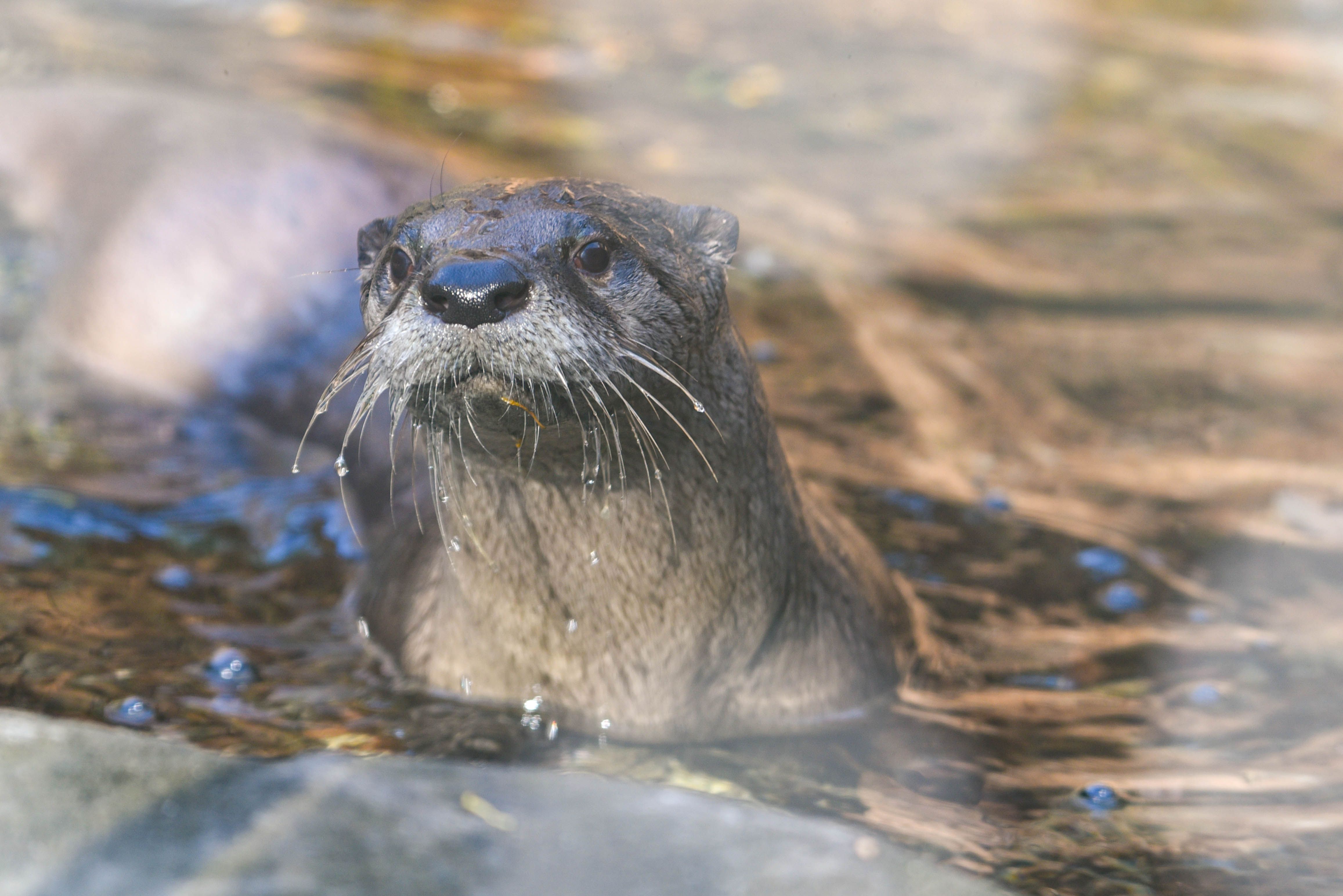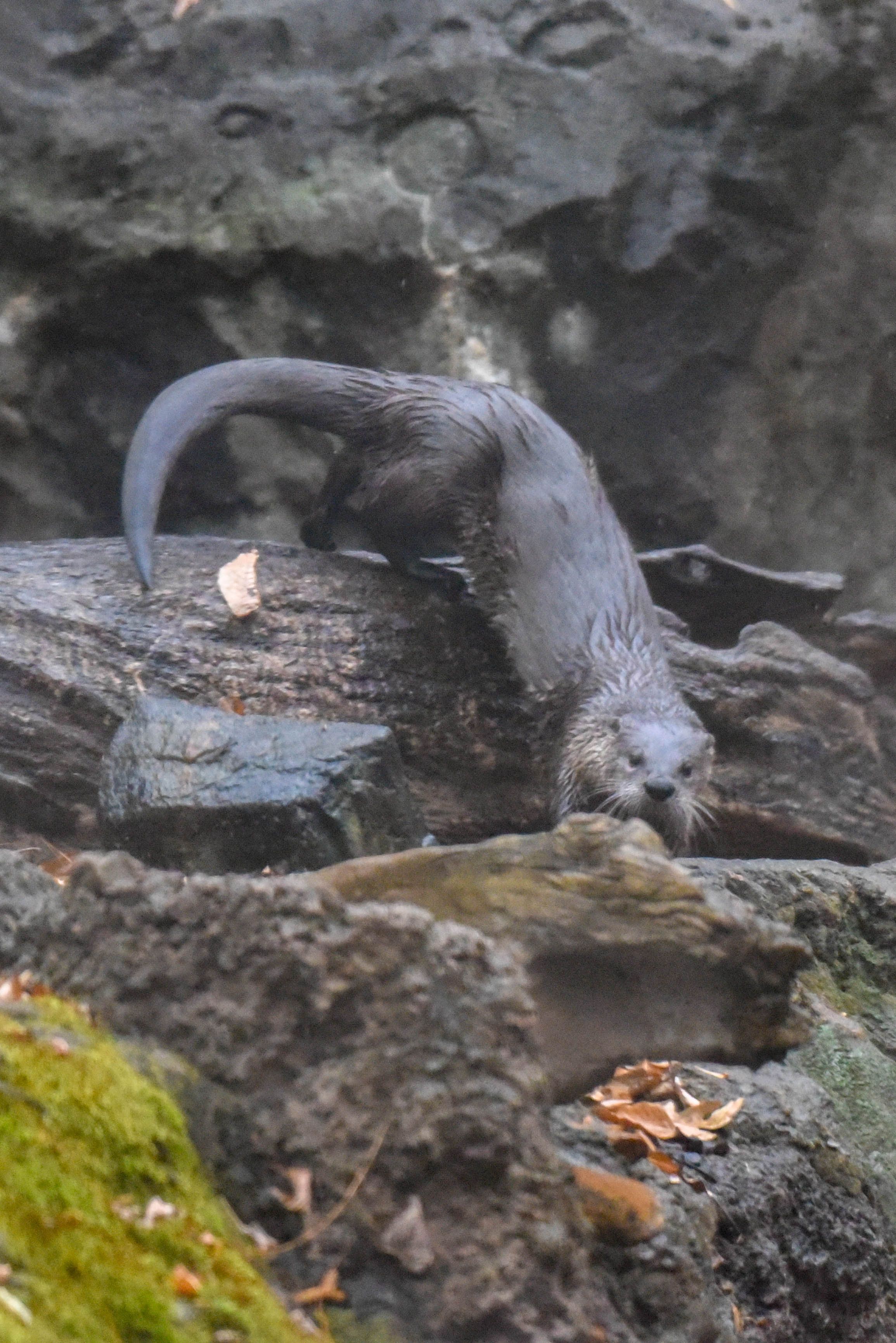Recently rescued North American river otter finds home in Baltimore
The Maryland Zoo welcomes Brie, a one-and-a-half-year-old female river otter
Brie, new female North American river otter. (Photo credit: Maryland Zoo)

The Maryland Zoo, in Baltimore, Maryland, rescued a one-and-a-half-year-old female North American river otter named Brie. Founded in 1876, the Maryland Zoo is the third oldest zoo in the United States and currently has more than 1,500 animals in various habitats throughout the zoo.1
Brie in her habitat. (Photo credit: Maryland Zoo)

Brie came to Baltimore from the Milwaukee Zoo and stayed in a quarantine at the hospital to maintain the standard for all newly-arrived animals. However, she has now moved to the otter habitat where she is getting used to her new surroundings and roommates. Her new roommates include a male, Hudson, and another recently rescued female, Nora.1
“Brie’s arrival has been long-planned,” said Erin Grimm, curator of mammals at the Maryland Zoo, in a release. “She was selected as a companion for Hudson by the Association of Zoos and Aquariums’ North American River Otter Species Survival Plan.”1
According to the release, curators at the Maryland Zoo plan to slowly introduce Brie to Hudson over the next few weeks.1 Brie can be seen by guests outside the habitat as she swims in the lagoon and explores her new home. Maryland Zoo stated Brie can be recognized by her curious nature and a very long body and tail.1
Brie swimming.
(Photo credit: Maryland Zoo)
Facts about North American river otters:2
Physical descriptors
- Thick, protective fur to help them keep warm while swimming in cold waters.
- Short legs, webbed feet for faster swimming.
- Long, narrow body and flattened head for streamlined movement in the water.
- Long, strong tail helps propel the otter through the water.
- Long whiskers to detect prey in dark or cloudy water, and clawed feet for grasping onto slippery prey.
- Fur is dark brown over much of the body, and lighter brown on the belly and face.
- They can grow 3 to 4 feet long including their tail and weigh between 11 and 30 pounds.
- Males are generally larger than females.
- The tail makes up about a third of their total length.
Other facts
- They can stay underwater for up to 8 minutes.
- On land, a river otter can run at speeds of up to 15 miles.
- They communicate with whistles, yelps, growls, and screams, as well as touch and body posture.
- They can close their nostrils to keep water out during long dives.
References
- Maryland Zoo is pleased to welcome a new female North American river otter. News release. Maryland Zoo. November 22, 2023. Accessed November 27, 2023.
- North American River Otter. The National Wildlife Federation. Accessed November 27, 2023. https://www.nwf.org/Educational-Resources/Wildlife-Guide/Mammals/north-american-river-otter
